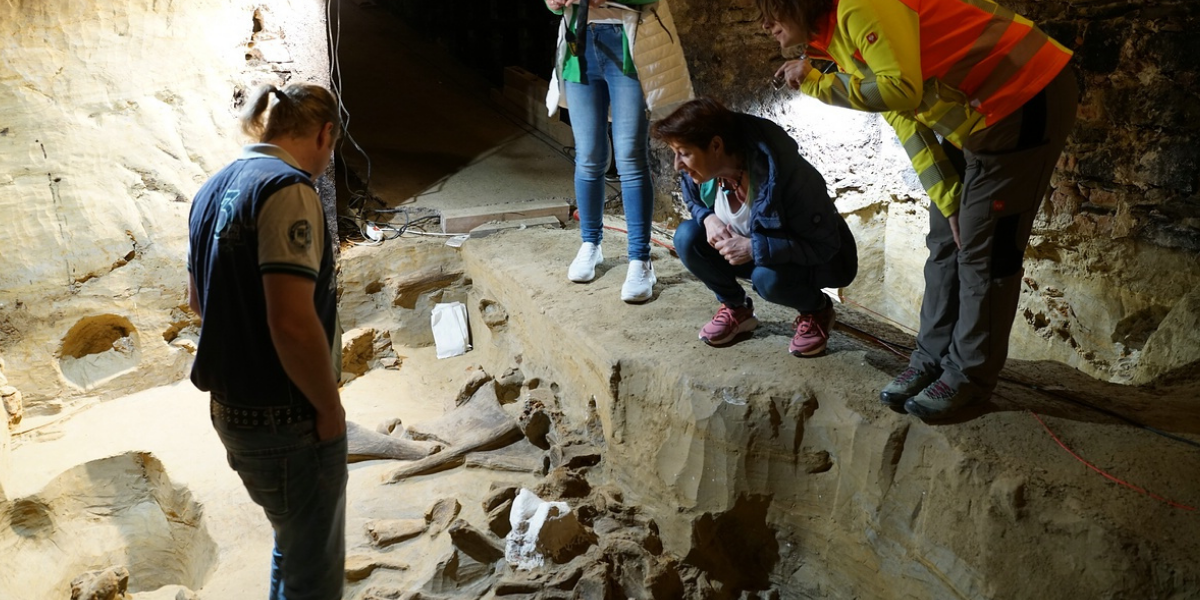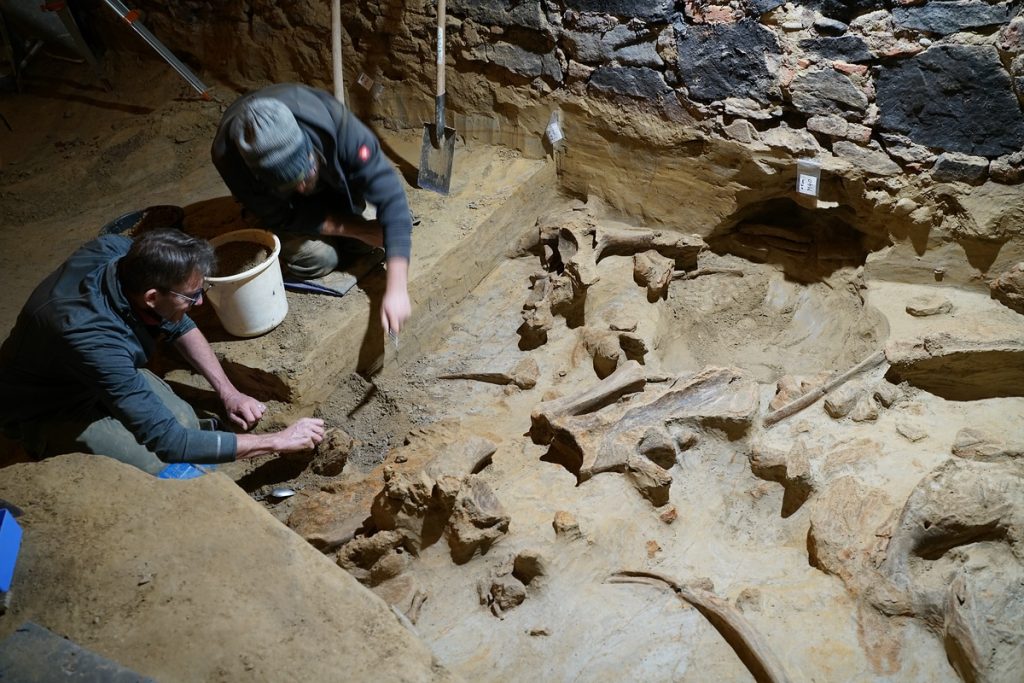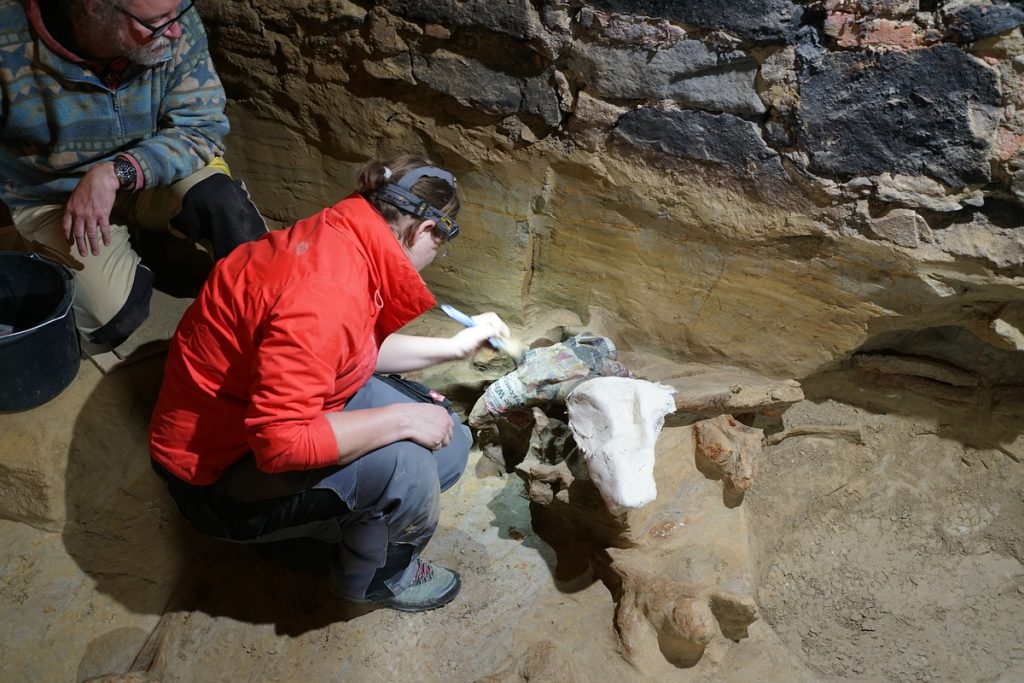
Winemaker discovers 40,000-year-old mammoth bones in his cellar
Austrian winemaker Andreas Pernerstorfer discovered 40,000-year-old mammoth bones while renovating his wine cellar.
The wine cellar where the mammoth bones were found is located in the village of Gobelsburg in the Krems region west of Vienna.
Researchers at the Austrian Academy of Sciences, who have taken the bones under protection, consider the discovery the most important find of its kind in over 100 years and an archaeological sensation.

Archaeologists from the OeAW uncovered a layer of mammoth bones lying on top of each other in a study they started after being tipped off by the owner of the wine cellar. In addition to the bones, flint artifacts, jewelry fossils and charcoal were discovered. The finds at the time suggest an age of between 30,000 and 40,000 years and, according to archaeologists Hannah Parow-Souchon and Thomas Einwögerer of OeAW, probably belong to the same region. They now hypothesize a “substantial bone layer” containing the remains of at least three different mammoths.
“Such a dense layer of bone is rare,” says Hannah Parow-Souchon, who led the excavation. “This is the first time in Austria that we have been able to investigate something like this with modern methods – a unique opportunity for research.” Other comparative sites in Austria and neighboring countries were mostly excavated at least 100 years ago and have largely been lost to modern research.

The find at Gobelsburg raises many exciting questions, such as how Stone Age people were able to hunt these huge animals. Because: “We know that people hunted mammoths, but we still know very little about how they did it,” says OeAW researcher Parow-Souchon.
The archaeologist explains that the bones of three different mammoths were found: The place where the animals were found could have been a killing ground. People could have set a trap for them there.

The find is currently being examined by researchers and will then be handed over to the Vienna Museum of Natural History, where the bones will be restored.
The excavations were funded by the Federal Office for Monuments and the State of Lower Austria.
Cover Photo: OeAW-OeAI/H.Parow-Souchon
You may also like
- A 1700-year-old statue of Pan unearthed during the excavations at Polyeuktos in İstanbul
- The granary was found in the ancient city of Sebaste, founded by the first Roman emperor Augustus
- Donalar Kale Kapı Rock Tomb or Donalar Rock Tomb
- Theater emerges as works continue in ancient city of Perinthos
- Urartian King Argishti’s bronze shield revealed the name of an unknown country
- The religious center of Lycia, the ancient city of Letoon
- Who were the Luwians?
- A new study brings a fresh perspective on the Anatolian origin of the Indo-European languages
- Perhaps the oldest thermal treatment center in the world, which has been in continuous use for 2000 years -Basilica Therma Roman Bath or King’s Daughter-
- The largest synagogue of the ancient world, located in the ancient city of Sardis, is being restored











Leave a Reply